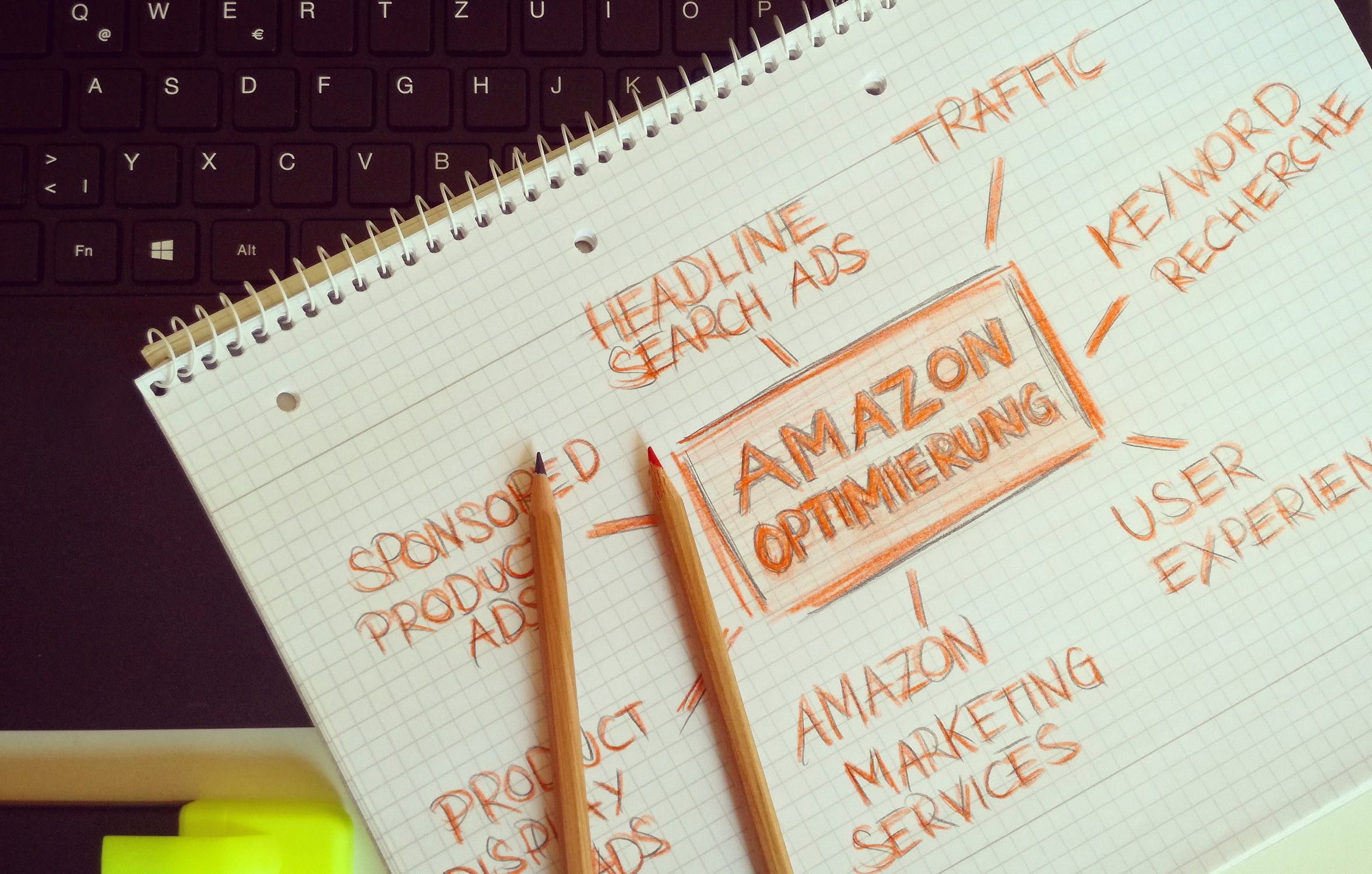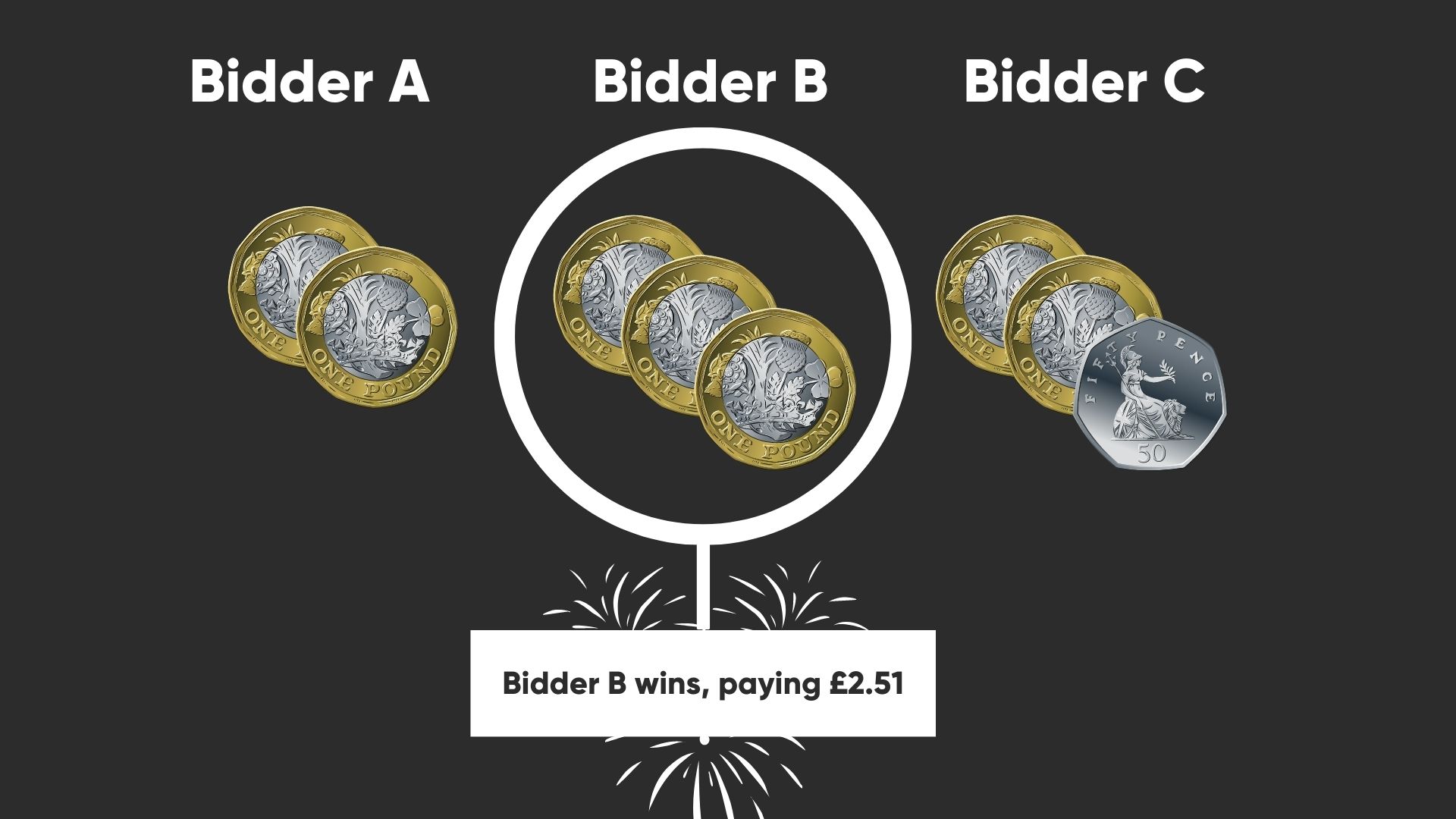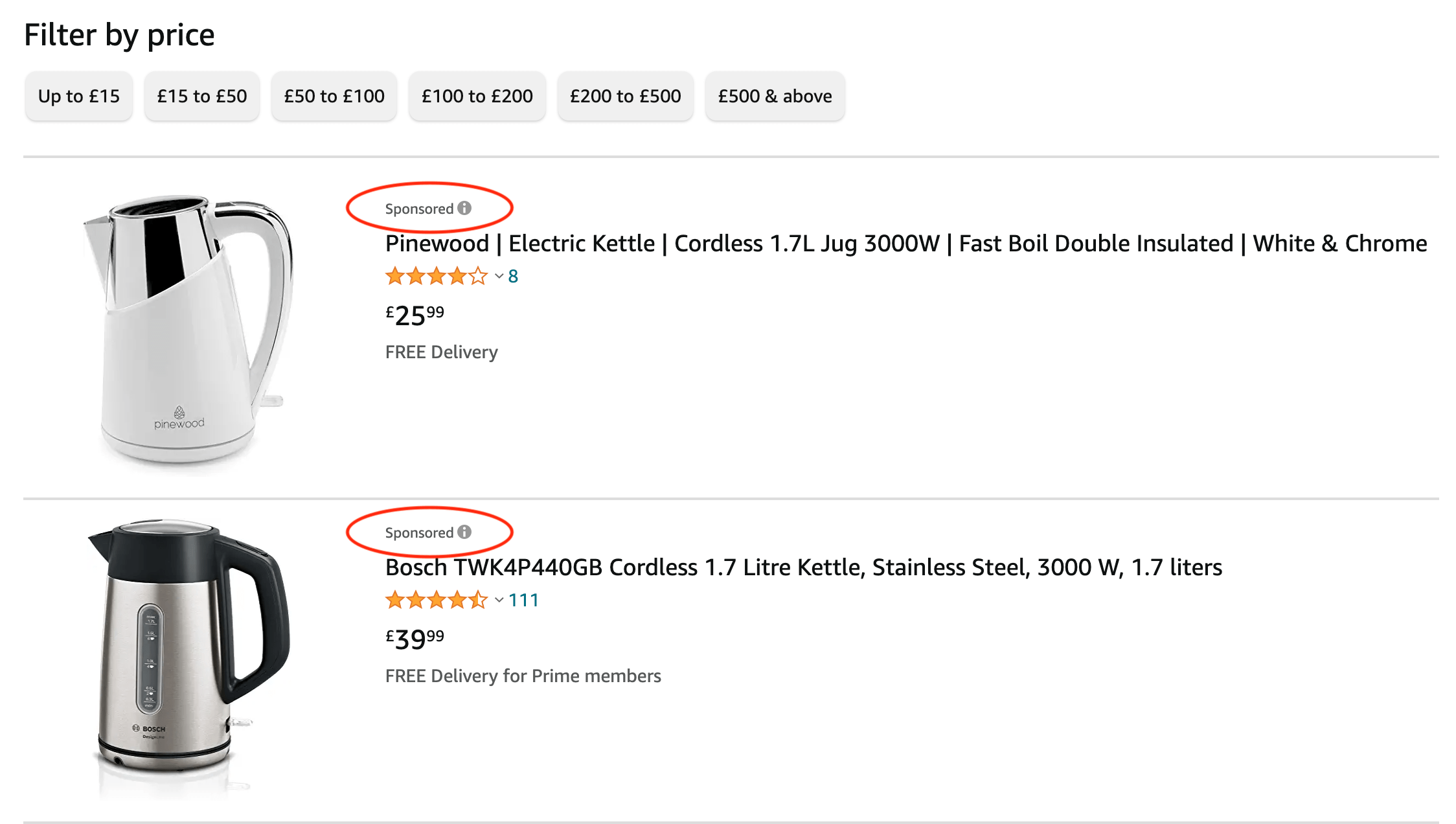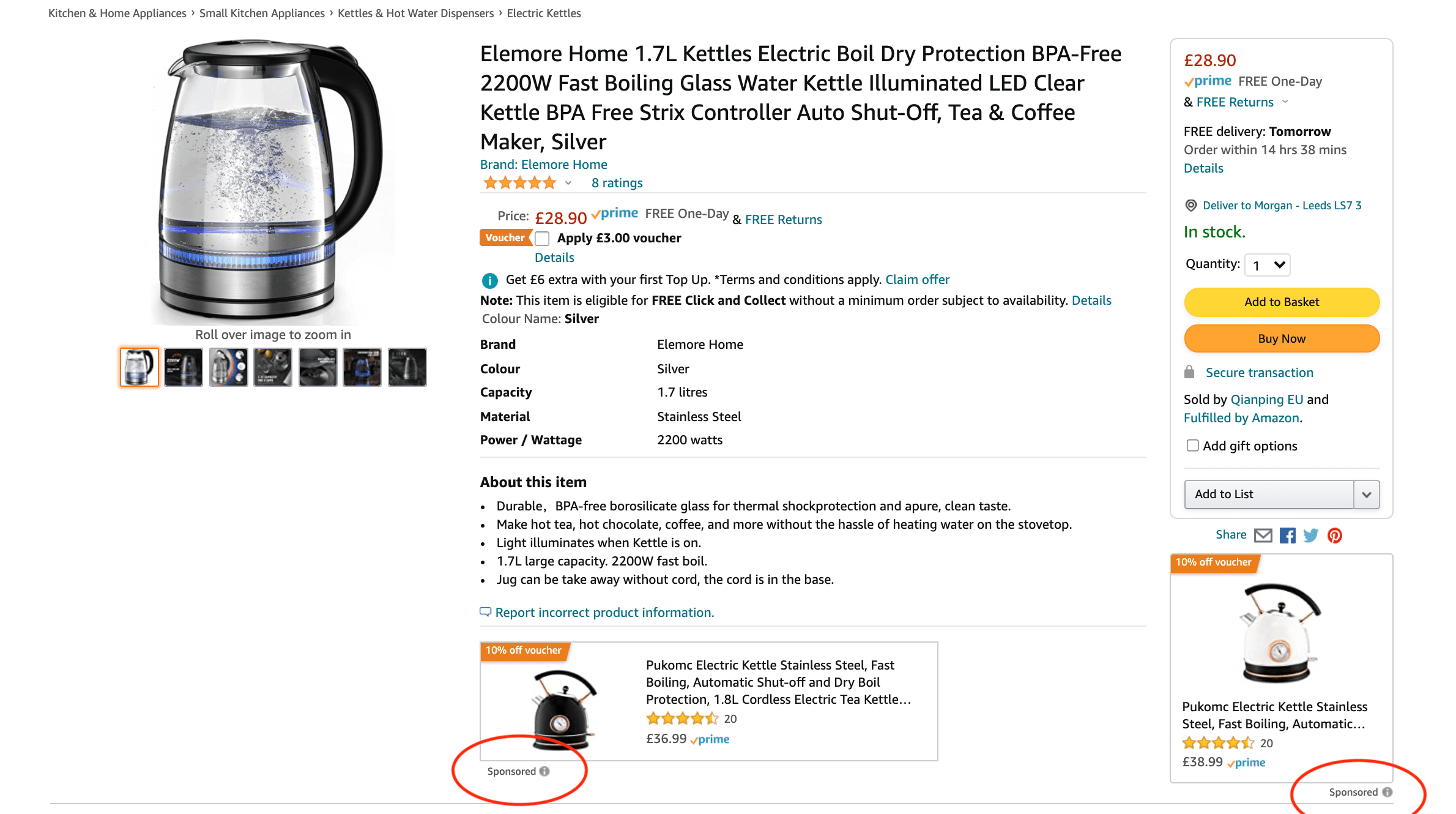You might already be using Google Ads, in which case, why aren’t your using Amazon Ads? Both platforms run on the same basic model and as far as PPC goes, are absolutely essential for e-commerce businesses.
Amazon PPC is a cost-effective and easy way to get your products seen by the right people at the right time. So, we’ve put together everything you need to know about how to get yourself set up on Amazon Ads and running PPC campaigns.
Table of Contents
What is Amazon PPC?
Amazon pay-per-click (PPC) is a form of advertising on Amazon’s website. Brands and third parties can create Amazon Advertising accounts and make ads for their products which will appear in the search results of relevant keywords.
This is a great way of getting your products in front of potential customers who are already in the market to buy and therefore highly likely to convert. Plus, you can measure the performance of your ads to guide future ad campaigns.
Amazon PPC uses a few key metrics to measure success, most of which you’ll be familiar with if you’re hot on your PPC knowledge. Here are some of the top metrics that will help you understand how well your ads are working:
Conversion rate
The conversion rate (CVR) is the number of people who have clicked on your ad and subsequently bought a product.
Amazon refers to the CVR as the Order Session Percentage and is calculated by dividing the number of orders by the number of times people have visited your listing, including return visits. Don’t worry, you won’t have to do these calculations yourself, the Amazon Ads platform will do all the leg work for you.
This is a really interesting metric to keep an eye on as it will tell you a lot about how good your ads are. If there are a high number of people clicking on your ad and not buying a product, it could mean that your product page isn’t what they were expecting or, just isn’t very good. Plus, Amazon actually considers your CRV when determining your ad ranking. So, the better your CRV, the more likely your ads are to be served to potential customers.
Impressions
The impression metric will tell you how many times your ad has been served. If you have a low impression rate, it could be because you’re not spending enough and you’re being outbid by other brands. This will likely be the case if you’re a start-up or you work in a saturated market.
A low impression rate could also be a sign that you’re bidding on the wrong keywords. In which case, take some time to review your keywords and consider if they are too specific or too broad to be noticed.
Average Cost of Sales (ACoS)
For some, the ACoS is the most important metric of Amazon PPC. This metric will tell you how much money a sale costs you in your advertising budget. The ACoS metric is one of those odd ones that actually works in reverse to the others. So, the lower your ACoS metric, the better. Again, you don’t need to work this out on pen and paper, but the formula is calculated by dividing your total ad spend by attributed sales.
Cost-Per-Click (CPC)
One of the greatest things about PPC is its cost-effective setup. You don’t have to pay anything to get campaigns going. The only time you need to pay money is when one of your ads is clicked on.
Cost-Per-Click, therefore, is a metric that tells you how much each click is costing you. For example, if you’re selling a product for 99p, you can’t afford to have a high CPC when it comes down to the ACoS. Otherwise, you’ll be spending all your money on ads to ever make a meaningful profit through sales. So, when creating your ad campaigns, be realistic with how much you expect to make from each sale and work backwards from there to guide your ad budget.
Amazon PPC structure
Amazon Ads uses a PPC structure that is based on auctions. And no, these aren’t physical auctions, so there’s no need to get yourself a bidding paddle. These auctions happen entirely online and are lightning-fast.
Every time someone searches for a keyword you are bidding on an auction takes place. Amazon uses what’s called a second-price auction whereby each advertiser’s maximum bid is taken into consideration by clever algorithms.
The highest bidder wins the #1 ad position and will therefore pay the highest CPC. However, they won’t necessarily pay what they have bid for. The highest bidder will only pay $0.01 more than the second-highest bid. Here’s a handy visualisation to explain that a bit better:
Types of Amazon PPC ads
There are three main types of Amazon PPC ads, they are:
Sponsored Brands ads – displayed at the top of Amazon search result pages. They can also appear on product detail pages. These ads allow brands to create a custom headline with their logo and up to three products which, when clicked, can send shoppers to their Amazon store or custom landing pages.
Sponsored Products ads – displayed in search results and on Amazon product detail pages within an ad carousel. These are keyword targeted and allow your products to be seen in relevant keyword search results.
Sponsored display ads – displayed below the ‘add to cart’ button on a product page. They can also appear next to and below search results as well as on third-party websites. These ads are great potential shoppers directly you a product landing page and are best for remarketing to users who have already visited a specific page but didn’t convert.
How to set up PPC on Amazon
It might all sound a little confusing, so, let’s take it back to basics. Here’s a quick step-by-step guide on how to set up PPC on Amazon:
- Calculate your default bid with this formula: target (ACoS x price of your product) x (organic CR) = default bid. If you want to bid aggressively, add 40-50% on top of this. Since you will only pay $0.01 more than the second-highest bid, you will be unlikely to ever pay your true maximum default bid.
- Calculate your daily ad budget with this formula: (Amazon monthly ad budget / # of days in the month) / # of Amazon ad campaigns = daily ad budget.
- Make sure your Amazon product pages are optimised. Conduct thorough keyword research to optimise your page content, titles and descriptions.
- You can then set up a campaign in the ‘Campaign Manager’ drop-down of your Amazon Seller Central dashboard.
- You will be prompted to provide a name for your campaign, your daily budget, time frame, and targeting type.
- Choose if you want your campaign to be automated or manual. Automated saves you a lot of time and keeps everything running along smoothly in the background. Choosing to manually run your campaign will give you ultimate control but is incredibly time intensive.
The maths can look a little much, especially if you don’t have a head for numbers. Amazon will provide you with suggested bid amounts for campaigns based on your specifics. So, if you’re new to the whole PPC thing, there’s no harm in testing Amazon’s suggestions before you find your feet.
Amazon PPC management tools
While Amazon Ads does have a great dashboard, it doesn’t provide you with as much insight as other platforms do. There are loads of third-party PPC management tools that can help you dive deeper into the data. Here are some of the most popular one’s for you to check out:
- Seller Labs
- Sellozo
- Ad Badger
- Perpetua
- Trendle
- BidX
- Downstream
- RevenueWize
- Sellics
- SellerApp
- PPC Entourage
How much does PPC cost on Amazon?
There aren’t any costs to use Amazon Ads. Sponsored products, sponsored brands and sponsored displays ads are run on a cost-per-click basis. So, you don’t pay anything unless someone clicks on your ad.
The amount you pay depends on your budget. However, you can determine your daily budget and the automation process will automatically stop working once that’s been hit. That means you will always have total control over the amount you spend.
Hopefully, this guide has helped you to understand Amazon PPC in more detail. If you’re looking to speak to a specialist about getting set up, drop us an email at team@modo25.com to find out more.






